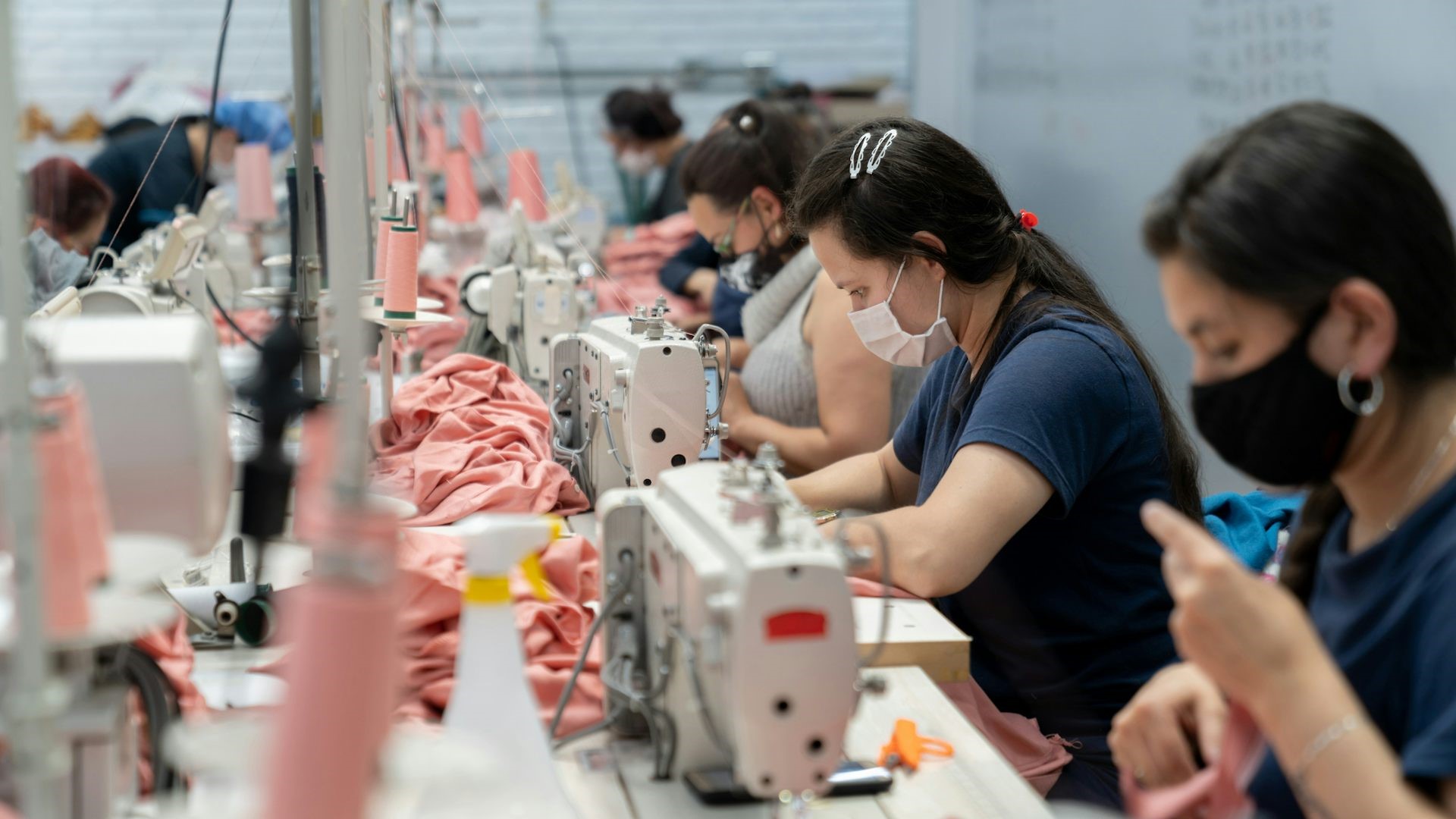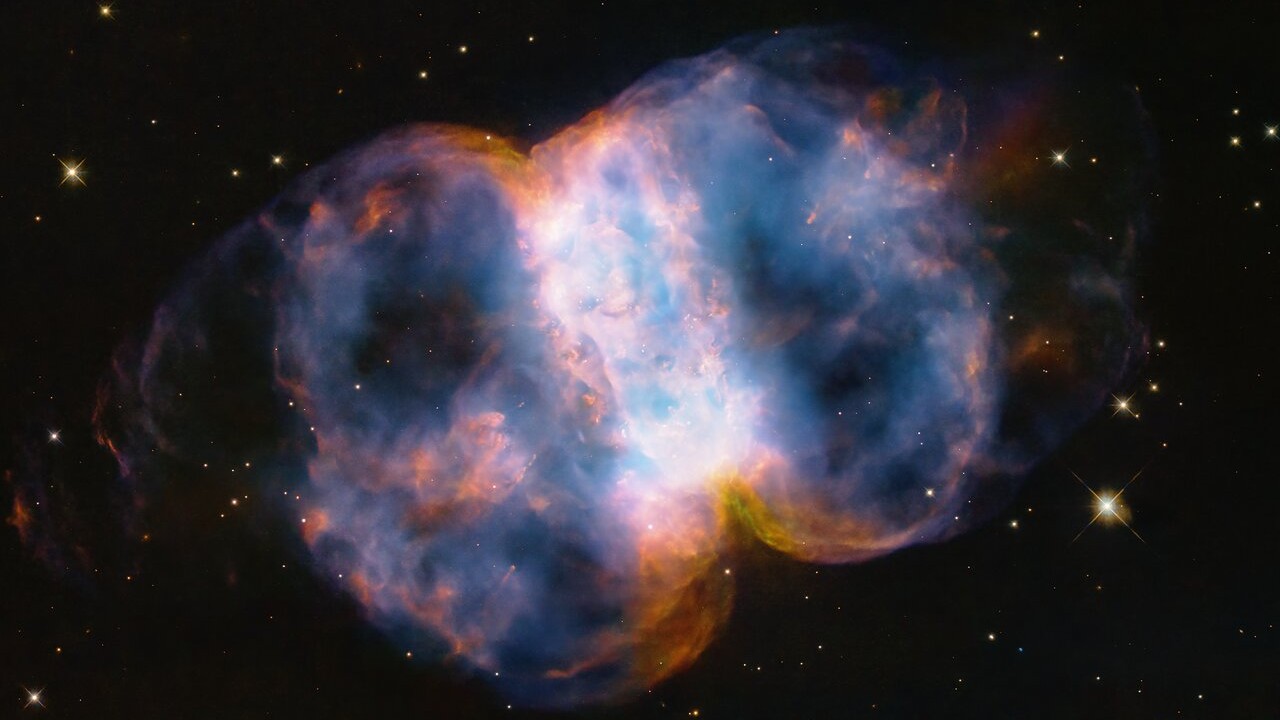Fermentation, Vol. 9, Pages 939: Bacterial Interactions with Nanoplastics and the Environmental Effects They Cause
Fermentation doi: 10.3390/fermentation9110939
Authors: Rongyu Wang Xiaodong Li Jing Li Wei Dai Yaning Luan
Recently, there has been an increase in interest in the relationship between microorganisms and micro/nanoplastics. Particularly in natural environments, bacteria play an important role. For the ecological risk assessment of plastic particles, a proper understanding of how bacteria and plastic particles interact is crucial. According to a review of the research, the interaction between bacteria and nanoplastics is primarily caused by the interaction of nanoplastics with bacterial cell membranes and the induction of oxidative stress, which can have an impact on bacterial growth, lead to alterations in biofilm production, and induce bacterial gene mutations. On a more general scale, the high concentration of nanoplastics in the environment can increase the likelihood of organic pollution reaching microbial communities, altering the gene abundance of bacteria involved in material cycling, and decreasing the activity of bacterial functional enzymes, all of which can obstruct the cycling of environmental elements. The majority of current research relies on laboratory tests, and the modeled NPs employed may be considerably dissimilar from those found in the environment. In order to provide a guide for environmental management in the future, it will be necessary to analyze the effects of nanoplastics and bacteria on the environment under actual environmental conditions to help us comprehend the relationship between nanoplastics and bacteria and their ecological impacts.

 5 months ago
18
5 months ago
18


